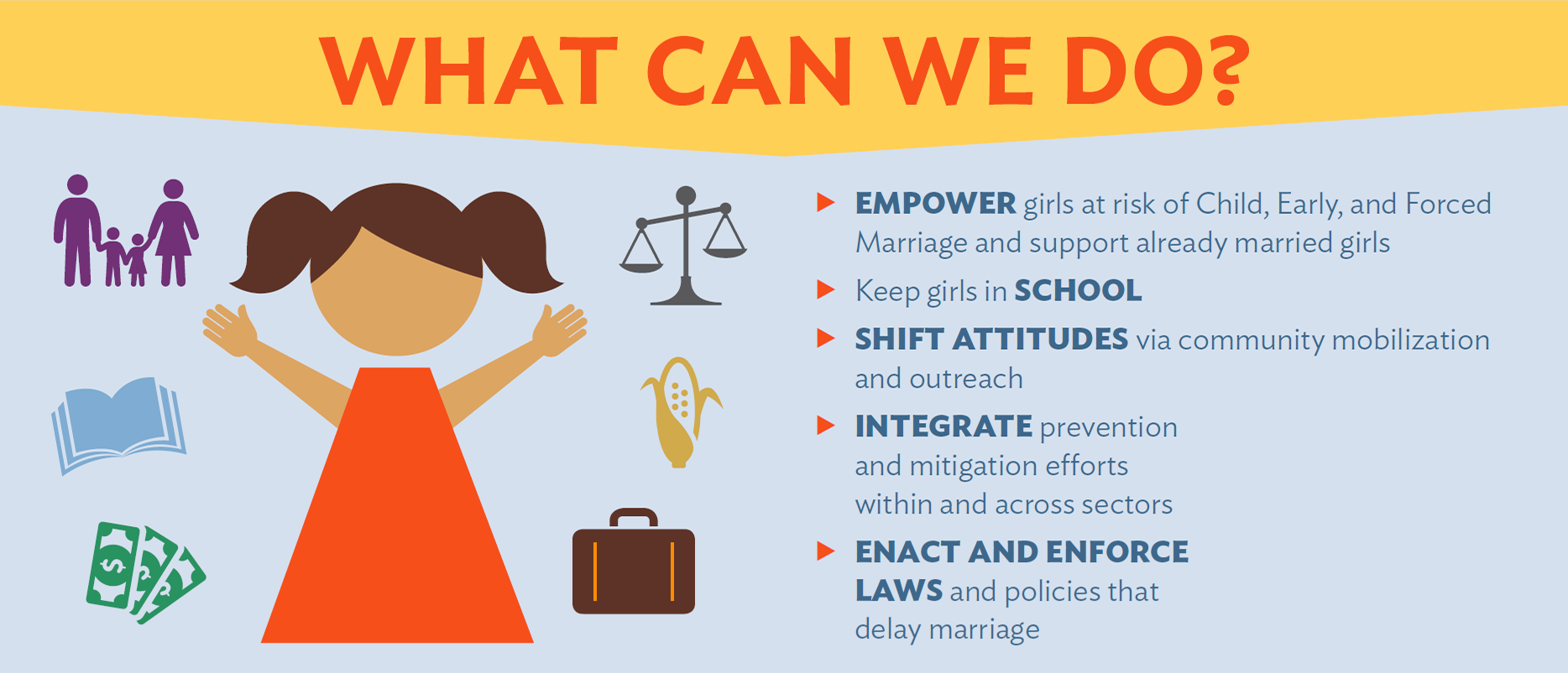
New Resource Guide on Child, Early, and Forced Marriage Across Sectors
One in three girls is married before the age of 18 in the developing world; one in nine is married before the age of 15. Child, early and forced marriage (CEFM) undermines efforts to alleviate poverty and promote sustainable economic development. Reducing child, early, and forced marriage can heighten outcomes related to health, education, economic development, civic participation, and violence.
“Child marriage has impacts across a range of sectors. We therefore need to integrate child marriage prevention and response measures, including reducing CEFM risk factors and addressing the needs of married girls, into United States Agency for International Development (USAID) projects across sectors,” says Lis Meyers, Senior Gender Specialist at Banyan Global. “For example, the agriculture sector can influence child marriage. In times of food insecurity and economic hardship, a family might decide to marry off a daughter in order to have one less mouth to feed.”
To tackle the issues surrounding CEFM, Banyan Global partnered with the International Center for Research on Women to develop the Child, Early, and Forced Marriage Resource Guide for USAID. The Resource Guide explains why the issue is important and provides comprehensive policy and programming guidance on how to translate policy into action. It covers eight key sectors/strategies— including youth, gender-based violence, global health, education, economic growth and workforce development, agriculture and food security, crisis and conflict, democracy, human rights, and governance—as well as a module on multi-sectoral programming.
“A challenge in creating the resource guide was how to take so much information across so many sectors and make it practical. The Guide is set up so that specific sector chapters can function as stand-alone resources for different sectoral experts.” says Lis Meyers who wrote the guide with Alison M. Glinski and Magnolia Sexton. The international community has made ending child marriage as a priority, setting the target to eradicate child marriage by 2030. USAID was the first U.S. government agency to publish its commitment and a vision for ending child marriage. This Resource Guide actualizes that commitment by helping staff to understand how child, early, and forced marriage is connected to their current program efforts and how integrating CEFM prevention and response strategies can help them to achieve sectoral goals. It provides tailored guidance, recommendations, and resources for program designers and implementers, with examples of child marriage integration from existing USAID and non-USAID programs.
In addition to sector-specific guidance on CEFM integration, the Resource Guide provides targeted guidance on working with key stakeholders, recommendations on how to integrate CEFM into gender analyses, a discussion on regional variations of child, early, and forced marriage, a dedicated chapter on monitoring and evaluation indicators, and links to further resources and tools. The Resource Guide also includes a media kit with key messages, talking points, social media kit, and an infographic.
Copies of the guide are available for download . Please e-mail contactus@banyanglobal.com to request additional information.
